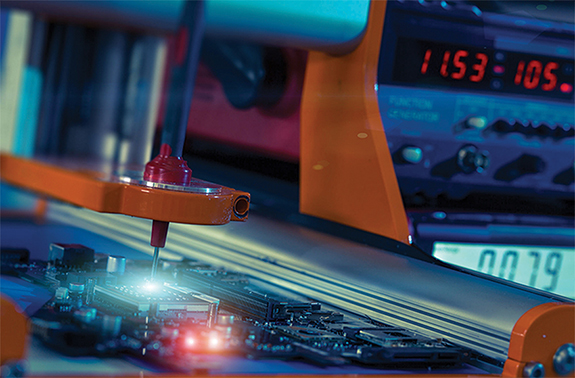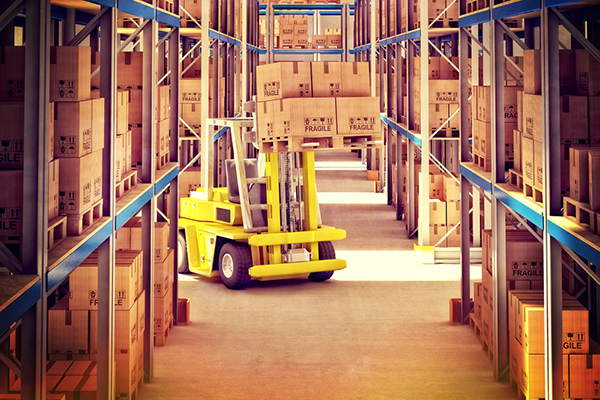Will the Rise of Intelligent Machines Make or Break the Independent Agent?

U.S. manufacturing was in decline for so many years that its revival is remarkable. More American manufacturers are producing goods on U.S. soil than in the past eight years. They’re also hiring more people, adding 327,000 jobs in the past 12 months alone.
The upsurge is linked in part to “smart” manufacturing, also known as “manufacturing 4.0.” The “smarts” derive from sensors, data analytics and instrumentation software embedded in plant equipment to gain valuable insights into asset utilization, increasing efficiency and reducing operating downtimes.
Since smart machines connect over the internet to other enterprise systems, users are able to tightly align manufacturing with customer demand, improving just-in-time production metrics. “The IoT and digitalization of data are at the heart of today’s smart factory—not only within the factory with robots teaching one another, but also outside factory walls, with products talking to their manufacturers,” says Dieter Korte, senior vice president, Customer Segments, CNA Insurance.
U.S. manufacturers invested an average 2.6% of their annual revenue in digital technologies in the past two years, but will increase their investment to 4.7% of revenue in the next five years, according to a report by PricewaterhouseCoopers. Manufacturers anticipate significant returns via lower labors costs, higher productivity, enhanced product quality, fewer defects and reduced injuries shrinking workers compensation claims expenses.
But smart machines also create new risks. “In the past, you had standalone factory equipment that wasn’t connected to other machines and enterprise systems on the internet; now, they’re connected,” says Nick Graf, assistant vice president of Information Security for CNA’s Risk Control unit.
These interconnections make the equipment vulnerable to cyberattacks. “Several business-critical machines may be down for a significant period of time, causing serious production delays,” Graf explains.
After government and financial services, manufacturing is the third-most targeted industry for cyberattacks, according to a recent report by the Engineering Employers’ Foundation, a U.K.-based manufacturing organization. One reason is hackers’ awareness of just-in-time manufacturing. “Cybercriminals know manufacturers need to get their machines back online as quickly as possible,” says Lesli Johnson, CNA vice president and risk control casualty technical leader.
Consequently, many attacks involve malware that encrypts systems until a ransom is paid to decrypt them. Other cyberattacks target intellectual property like manufacturing blueprints.
“There’s also the possibility of maliciously corrupting a machine, changing the software to make incorrectly sized parts,” Johnson says. “Were this to occur before the product is incorporated into a final product, it could result in an errors & omissions liability exposure. If the finished product causes the injury or death of a user, it would create a product liability exposure for the manufacturer.”
Hacking into a smart machine also may open a door into the rest of the enterprise network. “This can result in a data breach that causes lingering legal, regulatory compliance and reputational issues,” Graf says.
These downsides are not expected to slow interest in smart machines; even small plants are beginning to buy the equipment. Nevertheless, careful attention will be crucial. “Independent insurance agents have an opportunity to advise their manufacturing clients on these exposures and the need for specific cyber insurance protections,” Johnson says.
In their corner is CNA, which offers a broad range of such products. Just in time, too. “As factory equipment becomes smarter,” Graf says, “insurance coverages also must become smarter.”










